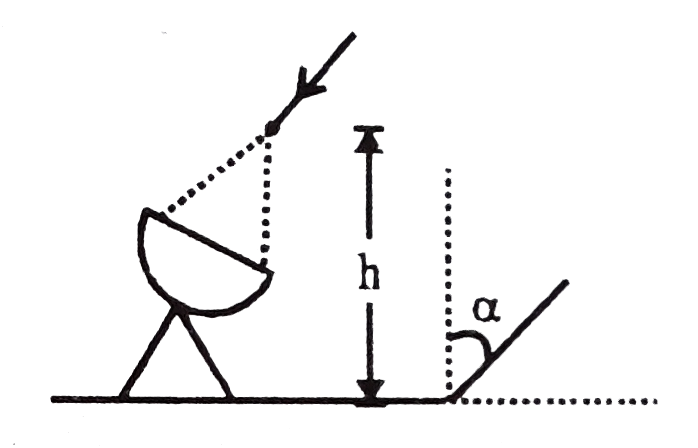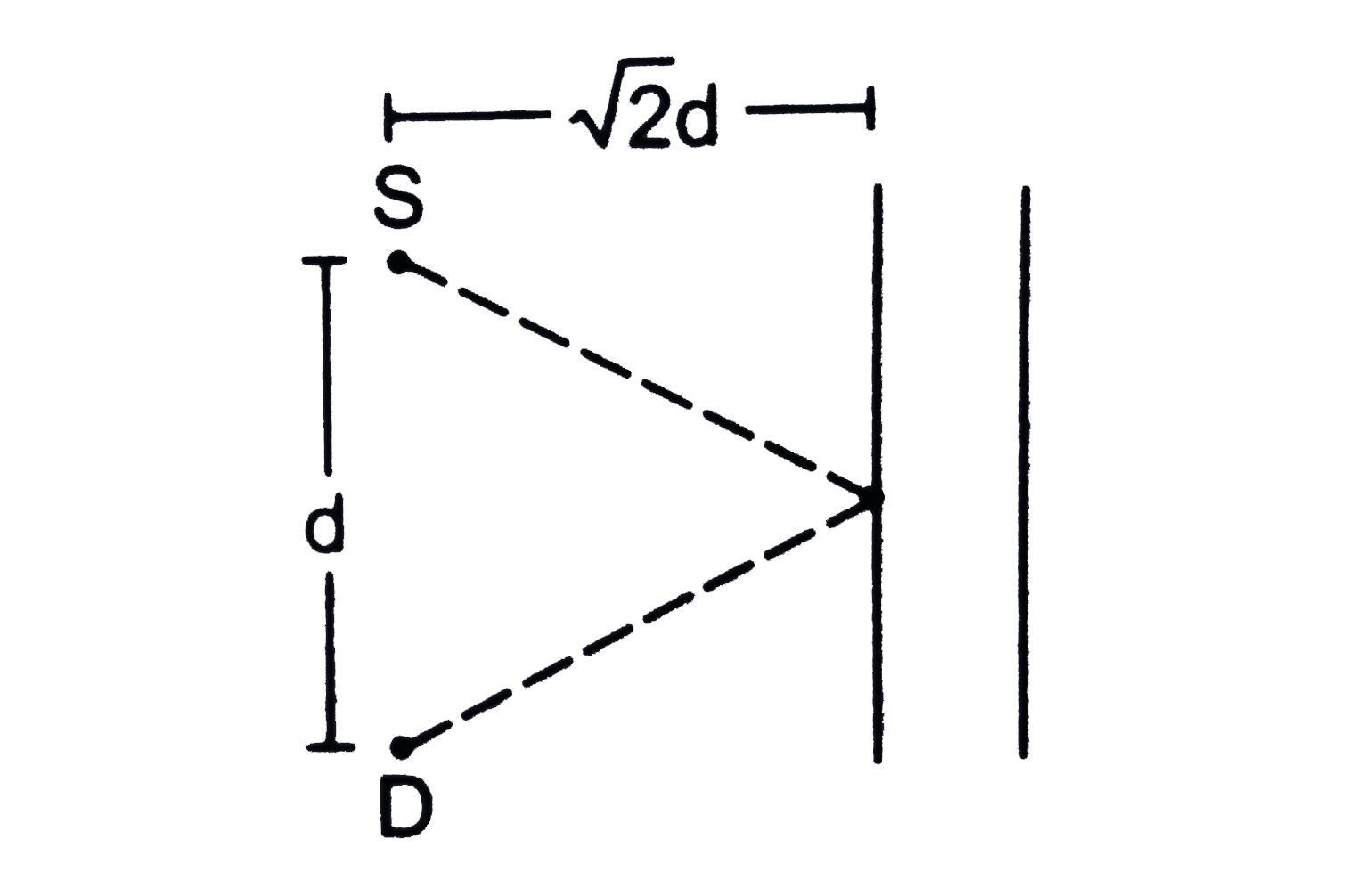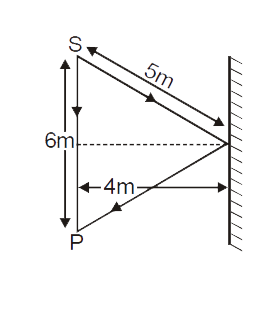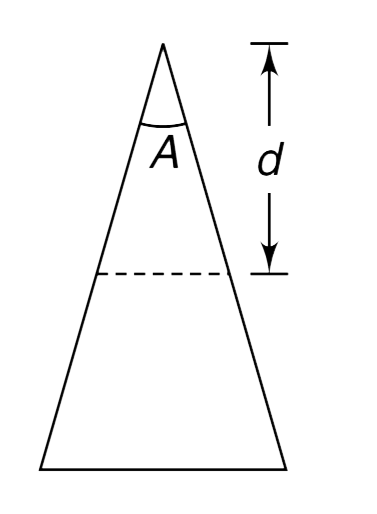Radio waves coming at ∠α to vetical are received by a radar after reflection from a nearby water surface and directly .what should be height of antenna from water surface so that it records a maximum intensity.(Wavelength =λ)

Step by step video, text & image solution for Radio waves coming at angle_alpha to vetical are received by a radar after reflection from a nearby water surface and directly .what should be height of antenna from water surface so that it records a maximum intensity.(Wavelength =lambda) by Physics experts to help you in doubts & scoring excellent marks in Class 12 exams.
Topper's Solved these Questions
- BOOK - PHYSICS GALAXY - ASHISH ARORACHAPTER - WAVE OPTICSEXERCISE - Practice Exercise 6.11videos
WAVE OPTICS
- BOOK - PHYSICS GALAXY - ASHISH ARORACHAPTER - WAVE OPTICSEXERCISE - Practice Exercise25videos
WAVE OPTICS
- BOOK - PHYSICS GALAXY - ASHISH ARORACHAPTER - THERMODYNAMICS LAWS & SPECIFIC HEATS OF GASES EXERCISE - Practice Exercise 3.411videos
THERMODYNAMICS LAWS & SPECIFIC HEATS OF GASES
- BOOK - PHYSICS GALAXY - ASHISH ARORACHAPTER - WAVES EXERCISE - Unsolved Numerical Problems for Preparation of NSE, INPhO & IPhO135videos
WAVES
Similar Questions
Water is filled to a height in a long container. From what height below the free surface a hole should be bored in the wall of a container so that the horizontal range is maximum?
View SolutionA source S and a detector D are placed at a distance d apart. A big cardboard is placed at a distance √2d from the source and the detector as shown in figure. The source emits a wave of wavelength =d2 which is received by the detector after reflection from the cardboard. It is found to be in phase with the direct wave received from the source. By what minimum distance should the cardboard be shifted away so that the reflected wave becomes out of phase with the direct wave ?
 View Solution
View Solution
Knowledge Check
- Question 1 - Select One
The wave reaching the receiving antenna will have maximum intensity if the direct wave & wave after reflection from earth's surface
Aare out of phase by 90∘Bare out of phase by 270∘Care in phaseDNone of these - Question 2 - Select One
A sound wave having wavelength λ froms stationary waves after reflection from a surface . The distace between two consecutive nodes is
AλBλ2Cλ4Dλ8 - Question 3 - Select One
The light reflected from water surface (μ=1.3) is completely polarised. The angle of incidence will be
A30∘B45∘C53∘D65∘
A source S and a detector D are placed at a distance d apart. A big cardboard is placed at a distance √2d from the source and the detector as shown in figure. The source emits a wave of wavelength =d/2 which is received by the detector after reflection from the cardboard. It is found to be in phase with the direct wave received from the source. By what minimum distance should the cardboard be shifted away so that the reflected wave becomes out of phase with the direct wave?
 View Solution
View SolutionA person standing at a distance of 6 m from a source of sound receives sound wave in two ways, one directly from the source and other after reflection from a rigid boundary as shown in figure. The maximum wavelength for which, the person will receive maximum sound intensity, is
 View Solution
View SolutionA very thin prism has an apex angle A and its material has refractive indexμ=1.48 . Light is made to fall on one of the refracting faces at near normal incidence. Interference results from light reflected from the outer surface and that emerging after reflection at the inner surface. When violet light of wavelength λ= 400 nm is used, the first construc- tive interference band is observed at a distance d = 3.0 cm from the apex of the prism.
(a) Find the apex angle A.
(b) If red light (λ = 800 nm) is used, at what distance from the apex will we observe the first constructive interfer- ence band.
 View Solution
View SolutionAt what value of the angle of incident θ1 is a shaft of light reflected from the surface of water perpendicular to the refracted shaft?
View SolutionA source emits electromagnetic waves of wavelength 3m. One beam reaches the observer directly and other after reflection from a watersurface, travelling 1.5m extra distance and with intensity reduced to 1/4 as compared to intensity due to the direct beam alone. The resultant intensity will be :
View Solution

